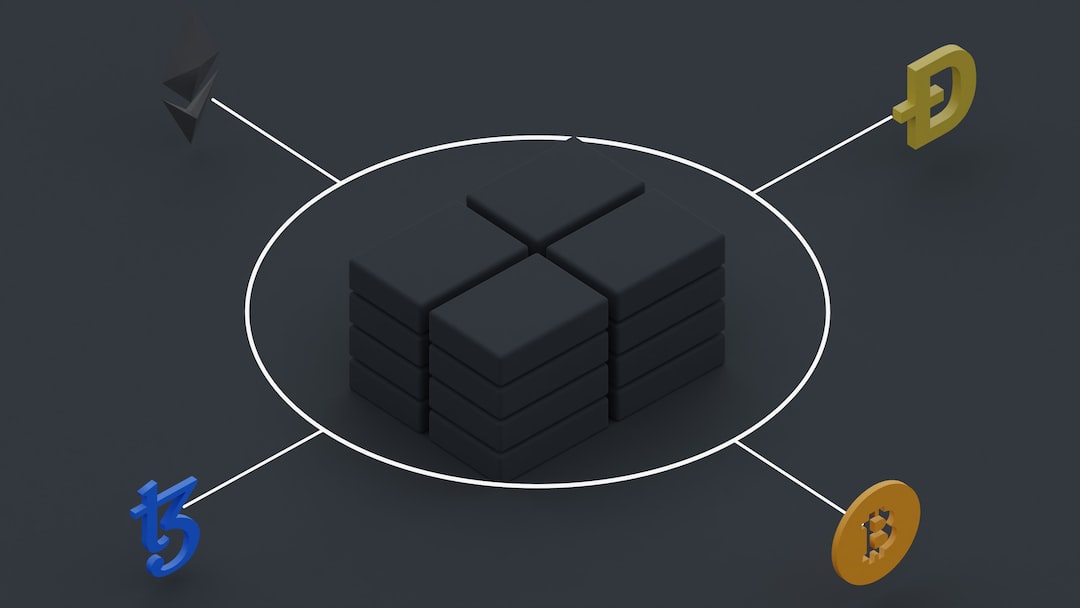Solana’s Scalability Without Layer-2 Solutions
Anatoly Yakovenko, co-founder of Solana, believes that their blockchain can handle the increasing demand for decentralized applications (dapps) without requiring layer-2 solutions like Ethereum. Yakovenko argues that Solana’s hybrid consensus mechanism allows it to scale efficiently without additional layers. The goal is to synchronize a global atomic state machine as fast as possible. This downplays the role of layer-2 off-chain options like Arbitrum and Base.
Yakovenko states that while developers are welcome to create layer-2 solutions for Solana, they won’t be necessary because the network can handle the demand without them.
Ethereum Relies on Layer-2s for Scaling
In contrast, Ethereum increasingly relies on layer-2 solutions to address congestion and high transaction fees. Options like Optimism and Arbitrum offload transactions from the mainnet while remaining compatible with existing smart contracts.
L2Beat data shows that layer-2 solutions have a combined total value locked (TVL) of over $20 billion, with Arbitrum managing $10 billion of assets. This highlights their role in scaling Ethereum.
Solana’s Reliability Concerns
Although Solana focuses on providing a high-performance, low-cost environment for apps, there have been instances when the network froze, raising concerns about its reliability. To address this, the platform plans to upgrade its client with Firedancer for improved node reliability and performance.
On the other hand, Ethereum is pursuing a layer-2 approach. During a developer call, it was decided not to further increase Ethereum’s gas limit, indicating a delay in on-chain scaling ambitions in favor of off-chain methods such as off-chain and sidechain rails.
Hot Take: Solana’s Confidence in Scalability vs. Ethereum’s Layer-2 Adoption
Solana co-founder Anatoly Yakovenko expresses confidence that Solana can handle the growing demand for decentralized applications without relying on layer-2 solutions like Ethereum. While Solana aims to synchronize a global atomic state machine as fast as possible, Yakovenko downplays the role of layer-2 off-chain options. On the other hand, Ethereum increasingly relies on layer-2 solutions such as Optimism and Arbitrum to address congestion and high transaction fees. L2Beat data shows the significant value locked in layer-2 solutions for Ethereum. While Solana has faced reliability concerns, it plans to upgrade its client for improved performance. Ultimately, Solana’s approach differs from Ethereum’s adoption of layer-2 solutions to scale its network.





 By
By
 By
By


 By
By
 By
By